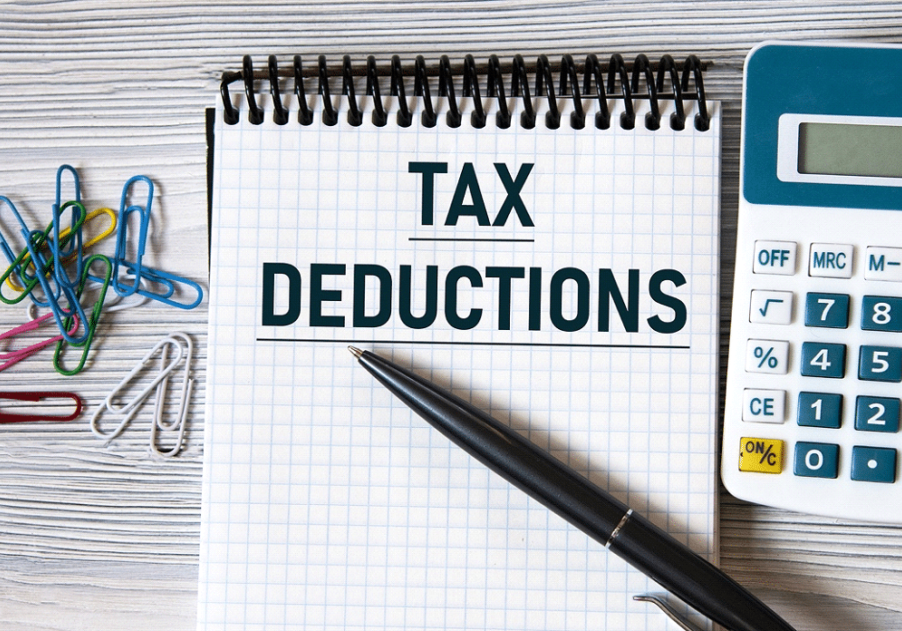Time for a Tax Checkup

Midyear is a good time to review your tax situation. You can make sure your estimated tax payments are on track and look ahead to see if there are any tax-saving opportunities you can take advantage of before year-end.
The Need To Estimate
The IRS requires individual taxpayers to make four quarterly installment payments of estimated tax (based on the amount of the “required annual payment”) to satisfy their tax liability for the year. Individuals also have the option of paying their income taxes throughout the year through payroll withholding.
To avoid penalties, payments must equal the lower of (1) 90% of the tax liability for the current year or (2) 100% (110%, for higher income individuals) of the tax liability on the prior year’s return. No penalty will apply if the tax shown on the return (after withholding) is less than $1,000.
Paying the Right Amount
Though you don’t want to underpay, you don’t want to overpay either. A refund may be welcome, but it’s essentially an interest-free loan to the government.
If you need to change the amount being withheld from your paychecks, contact your payroll department and ask for IRS Form W-4 so you can make the appropriate adjustments. If you have additional nonwage income, you may need to increase your withholding or make estimated payments to avoid an underpayment penalty. If you are self-employed, you probably need to make estimated tax payments.
Save Taxes, Save for Retirement
Do you (or your spouse) have a retirement savings plan at work, such as a 401(k) plan or 403(b) tax sheltered annuity? You can reduce your 2015 income-tax liability by making pretax contributions to the plan. Permitted contribution levels for such plans are typically generous. For 2015, an employee may contribute up to $18,000 ($24,000 for those 50 and older) to either a 401(k) or 403(b) plan, unless a lower plan limit applies. If your top tax rate is 25%, the tax savings for making the maximum contribution would equal as much as $4,500 ($6,000 for a $24,000 contribution).
Capitalize on Lower Rates
You also might be thinking about selling an investment that has performed well. If the investment is held in a regular taxable account, your capital gain would potentially be subject to tax. However, long-term capital gains are taxed at lower rates (generally 15% or 20%) than your ordinary income. Taxpayers in the 10% or 15% regular tax brackets have a 0% long-term capital gains rate.
Early planning can generate significant tax savings or avoid unnecessary surprises at the end of the year. While it may seem like April 15th is a long way away, it will be here sooner than you know.
John Rothenbueler is a partner with Alegria & Company, PS
He can be reached at jrothenbueler@alegriacpas.com











